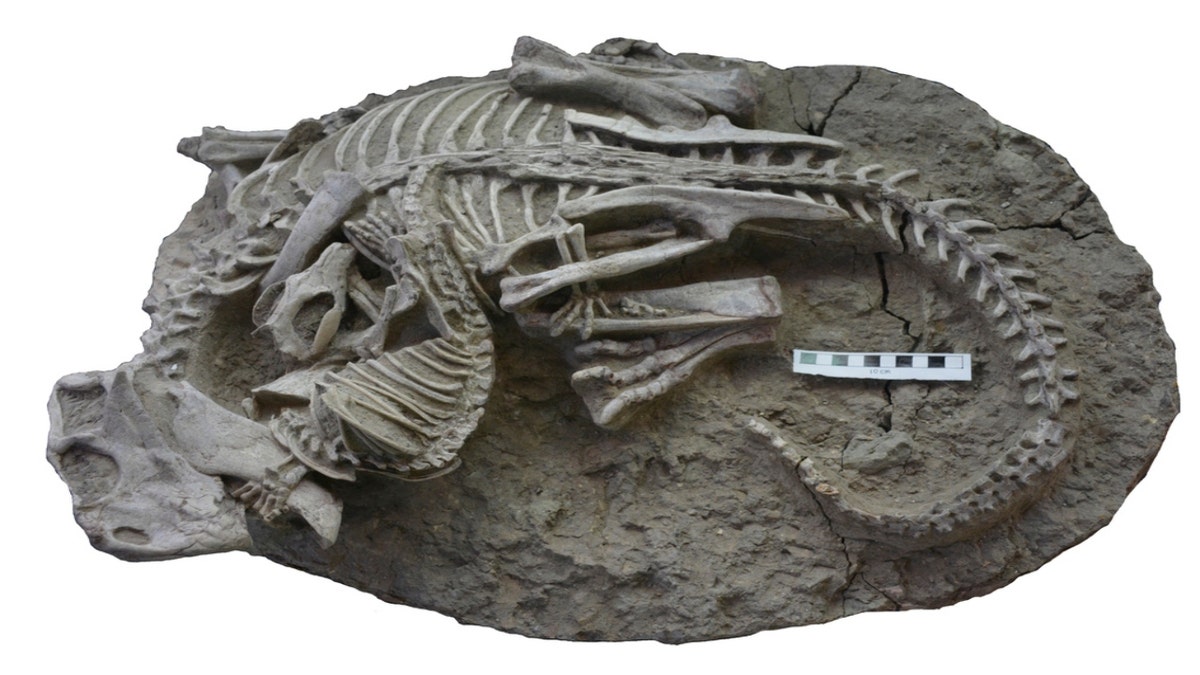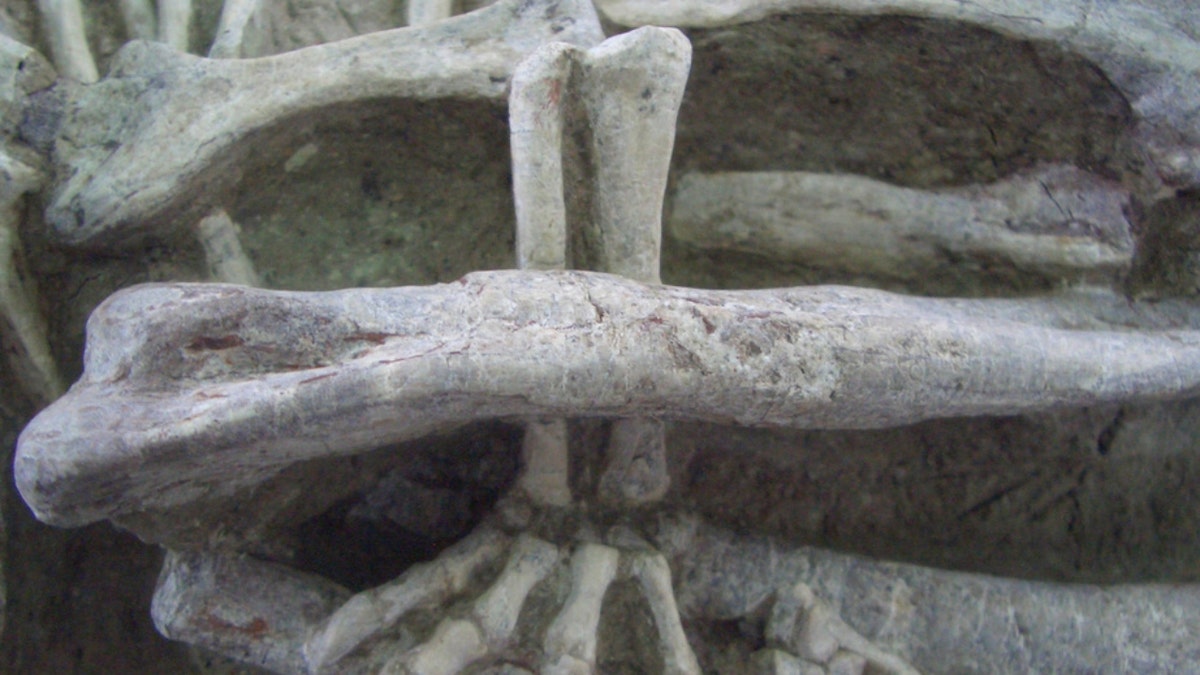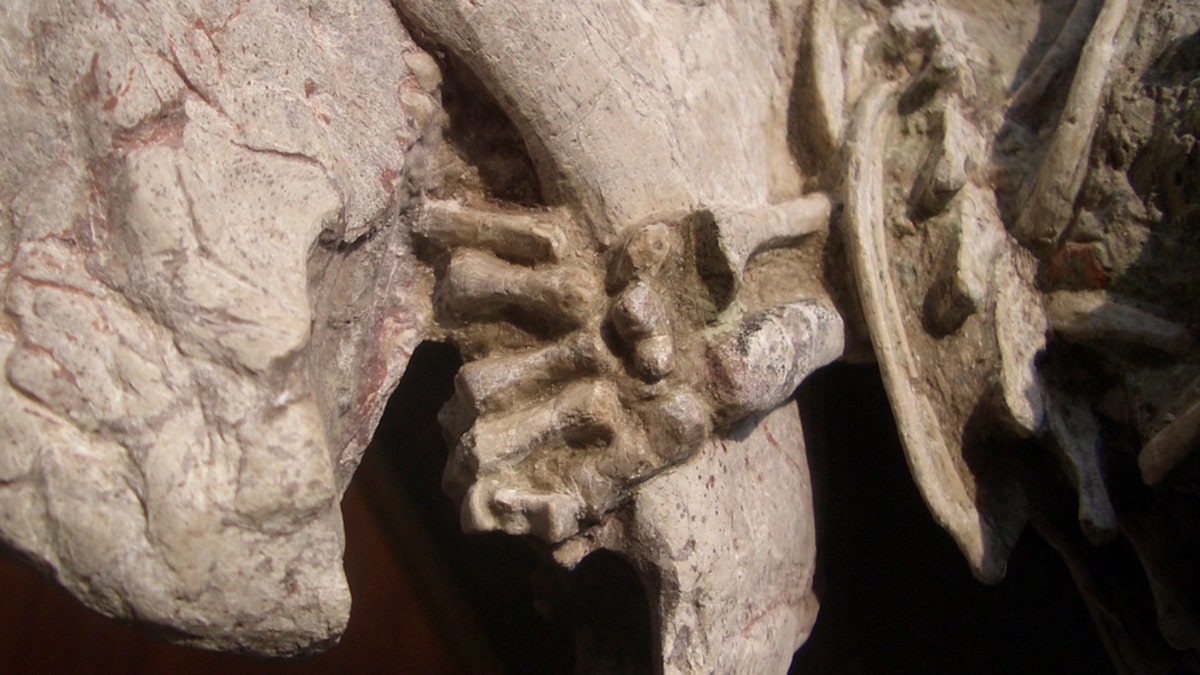A groundbreaking fossil discovery in China's Liaoning Province is rewriting our understanding of the prehistoric food chain. This remarkable find, unearthed in 2012 in an area known as "China's Dinosaur Pompeii," depicts a dramatic scene of a mammal attacking a dinosaur. The fossil, dating back approximately 125 million years to the Early Cretaceous period, showcases a badger-like mammal, Repenomamus robustus, locked in mortal combat with a Psittacosaurus, a plant-eating dinosaur several times its size.

This intricate fossil, analyzed by a team of Canadian and Chinese scientists, offers compelling evidence of predatory behavior by a mammal towards a dinosaur. The presence of volcanic material in the fossil, confirmed by Canadian Museum of Nature mineralogist Dr. Aaron Lussier, further supports the site's origin within the "Dinosaur Pompeii" region, where volcanic eruptions caused rapid burial and preservation of numerous creatures.

While previous fossil findings had suggested Repenomamus consumed dinosaurs, based on the presence of baby dinosaur bones in the mammal's stomach, this new discovery provides the first direct visual depiction of an active attack. The Repenomamus, one of the largest mammals of its time, is seen gripping the dinosaur's jaw and leg, clearly indicating aggressive behavior. The absence of tooth marks on the dinosaur bones further reinforces the theory that the mammal was not scavenging a carcass but actively hunting its prey.


This significant discovery challenges the conventional understanding of the Cretaceous period, where dinosaurs reigned supreme. It reveals a more complex ecosystem where mammals, although generally smaller, posed a real threat to some dinosaurs. Researchers believe the unique "Dinosaur Pompeii" fossil beds hold immense potential for future discoveries, offering further insights into the intricate interactions between species during this prehistoric era.

The research team, acknowledging the existence of past fossil forgeries from the region, conducted thorough analysis and preparations of the skeletons and rock samples to ensure the authenticity of this remarkable find. They welcome further scientific scrutiny of the fossil, confident in its genuineness and its potential to reshape our understanding of prehistoric life.








